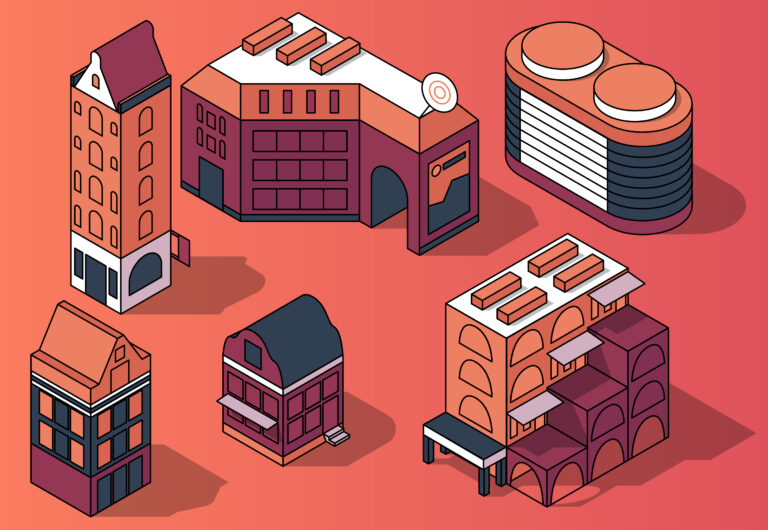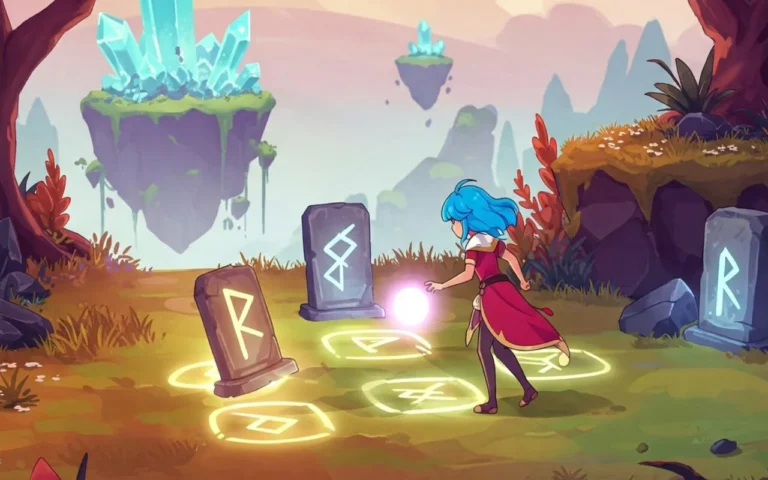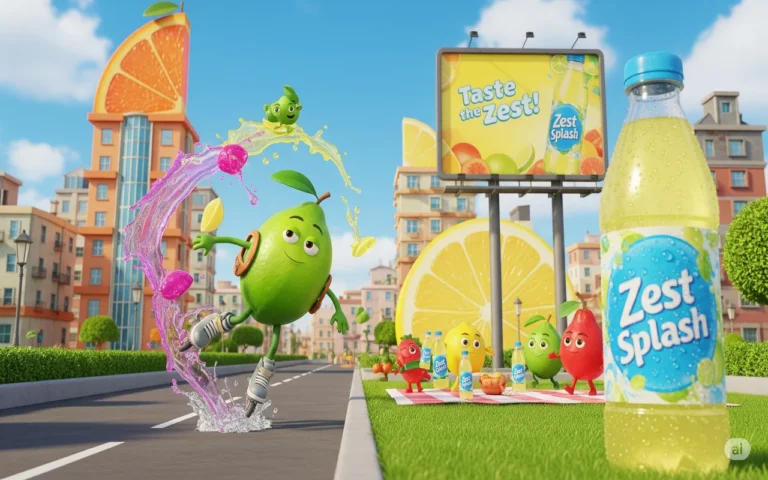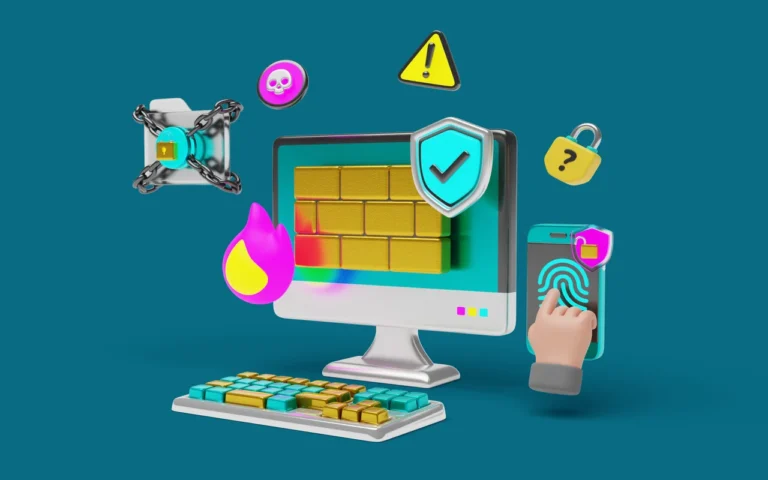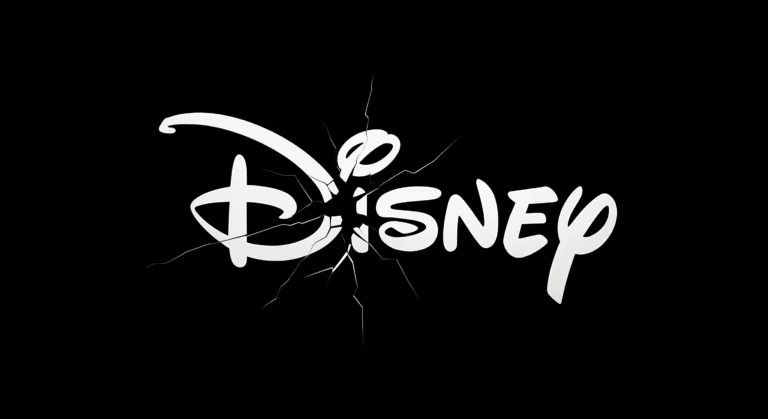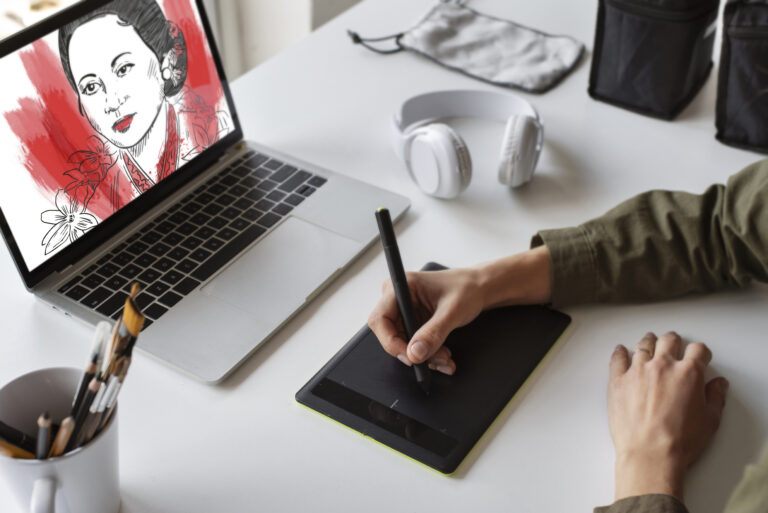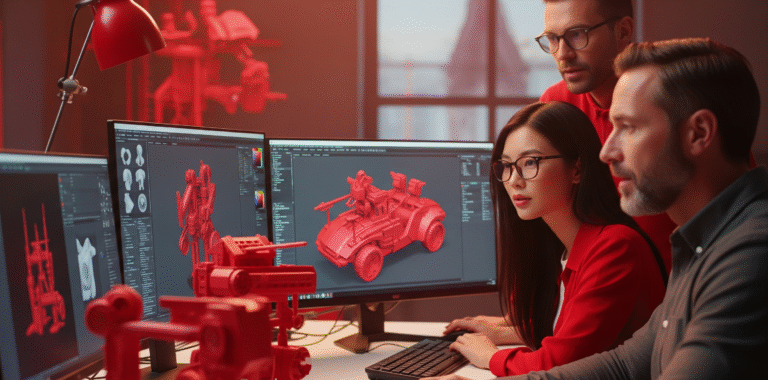The animated films we watch and the games we play look empty and lifeless without props. Props are objects placed in the scene or carried by characters. A prop artist is typically a 3D modeler specialized in creating objects like furniture, weapons, appliances, vehicles, and any item that is used in a game or animation scene. The term “prop” comes from the early days of theater, when scenes were filled with objects that were the property of the theater companies. Over time the term prop was adopted and used in many types of creative projects to refer to objects present in scenes.


Need Game Art Services?
Visit our Game Art Service page to see how we can help bring your ideas to life!
Responsibilities of a Prop Artist
Creating Props
A large part of a prop artist’s time is spent on 3D modeling. They are responsible for modeling 3D objects based on concept art and reference images.
Texturing
Creating textures and materials for props is the next task that a prop artist should handle, ensuring textures match the design provided by art directors.
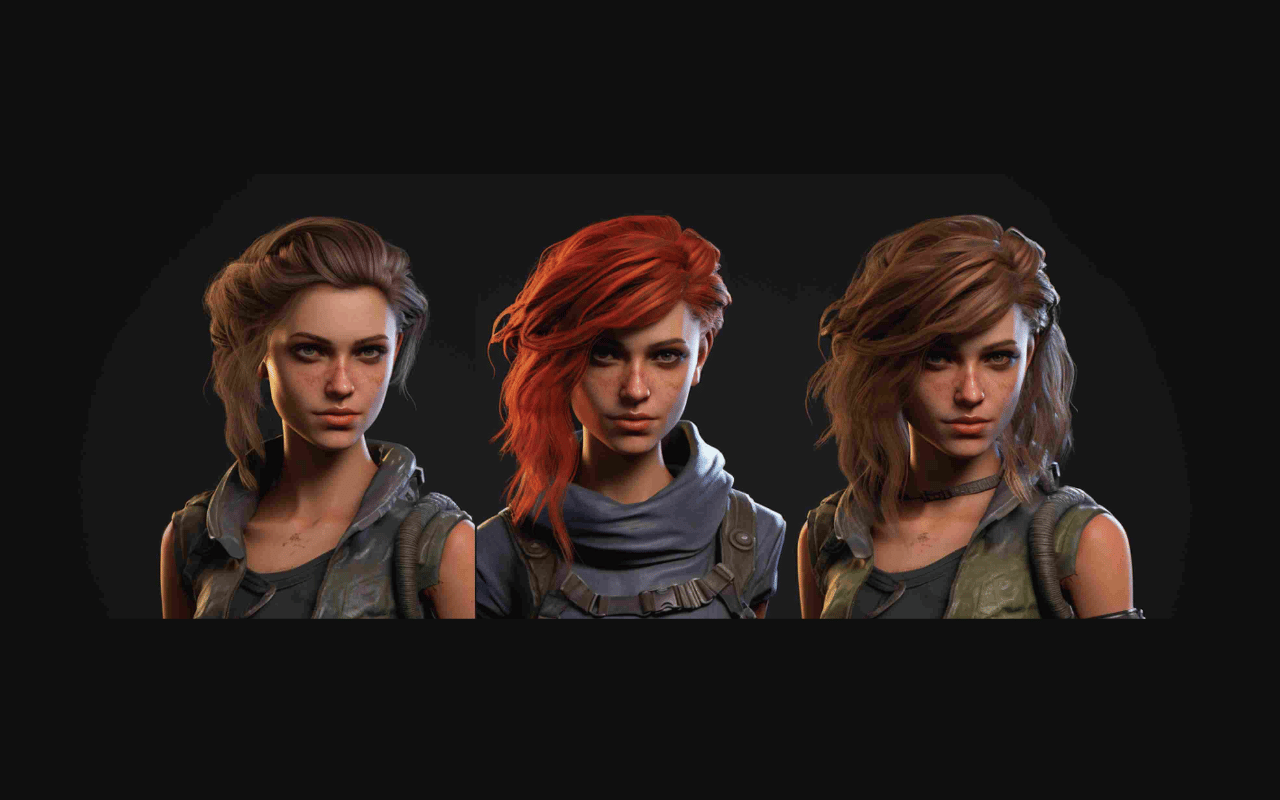
Rigging and Animating
Some props require rigging and animation. Examples are a chest that has to be opened or guns that will be reloaded. A prop artist is usually responsible for handling these tasks as well.
Optimizing Props
Based on the type of project where props are going to be used, prop artists should optimize models to ensure a smooth rendering and performance in animation and game projects.
Essential Skills for a Prop Artist
3D Software
Prop artists should have a strong command of 3D modeling and animation 3D modeling software like Maya, Blender, and 3DS Max. Being able to create, texture, rig, and animate detailed props is the most necessary skill for a prop artist.
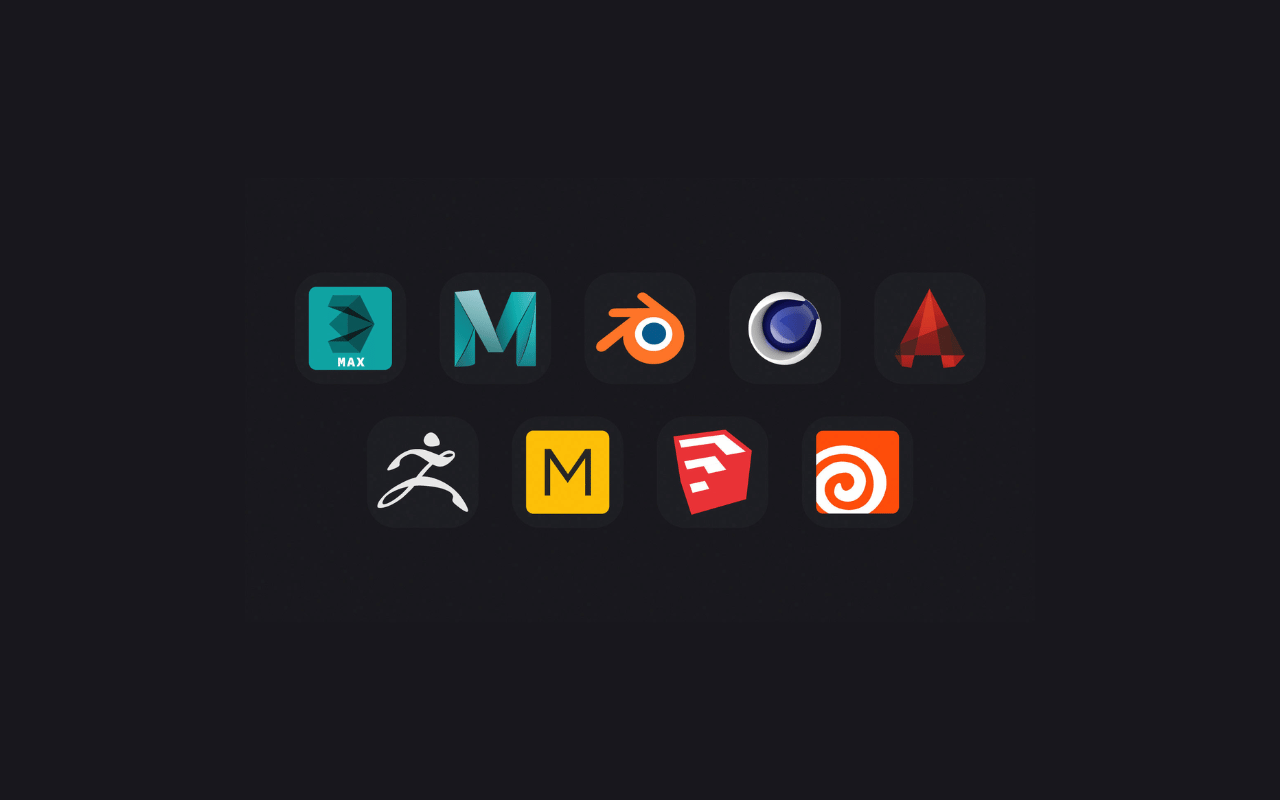
Foundational Art Knowledge
Understanding foundational art knowledge such as color theory and lighting helps prop artists create visually appealing props. It is essential for a prop artist to tweak materials and colors on props to make sure they match the environments and design requirements.
Attention to Detail
Creating any form of art requires great attention to detail. Props are the visible elements of animation and game projects. Implementing details carefully ensures the project looks professional and well-crafted.
Communication and Collaboration
Several artists work with props in a 3D pipeline. Prop artists should have proper collaboration with various team members including art directors, animators, and developers to ensure props conform to the requirements of the project.
Prop Creation Process
The process of creating props usually begins with gathering reference images and creating concept art. Concept art which are 2D images that are drawn based on the instructions of art directors defines how props should look. Prop artists start the modeling process in 3D modeling software to create 3D objects based on the concept art. The next step after modeling is preparing UV maps and texturing the models. Textures are 2D images wrapped around models to give them color. Rigging and animation are the next steps if props require any sort of animation. The process usually ends with applying the changes requested by other teams and exporting the props to game engines or placing them in animation scenes.
What are the Types of Props?
Creating any object in a game or animation project except for characters is known as prop design services. Natural elements like trees, rocks, flowers, and bushes are environmental props. Swords, Guns, and Armor are usually called weapon props. Props that can be interacted with in a scene like doors, chests, and switches are interactive. Not all props are made from scratch by prop artists. Some are made automatically with tools inside 3D programs and also some are created by other artists like specialized 3D modelers.
Trends in Prop Art
Each creative project requires different types of props. There are several factors such as budget, art style, timeline, and technical considerations that decide what type of props should be used. Let’s explore some prop styles that are implemented in creative projects.
Stylized Props
Stylized props do not exactly look like real-world objects. Prop artists create unconventional shapes with unique geometry when creating stylized props. This art style gives 3D projects a cartoonish and whimsical style. Stylized props are used extensively in feature animation.
Realistic Props
Realistic props closely imitate the appearance and geometry of real-world objects. Their texture and materials are created carefully using high-quality photographs and scans of real materials. This type of prop is used widely in AAA games and visual effects created for feature films.
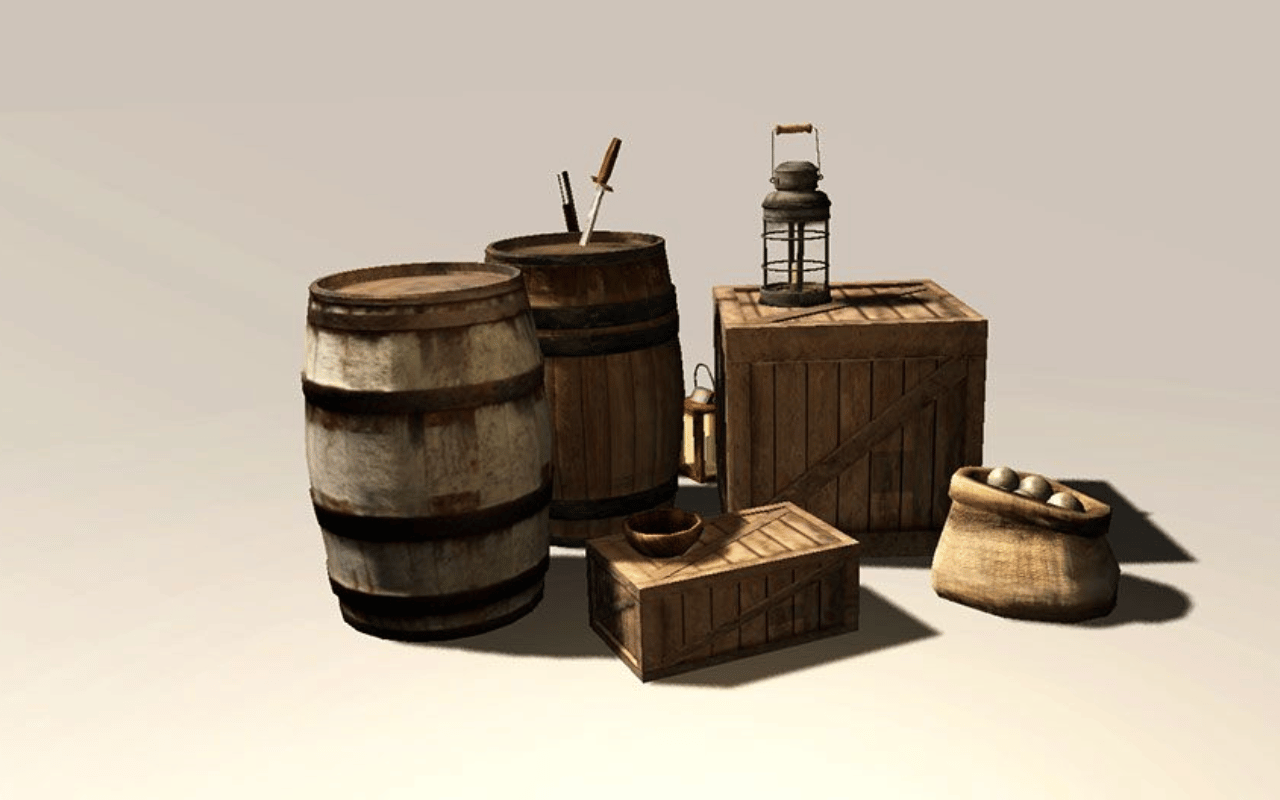
Low-Poly Props
The costly and time-consuming process of creating props has forced small game studios to create props with lower polygon counts. These models which are called low-poly models make it possible for thousands of games to be brought to life in a cost-effective and timely manner.
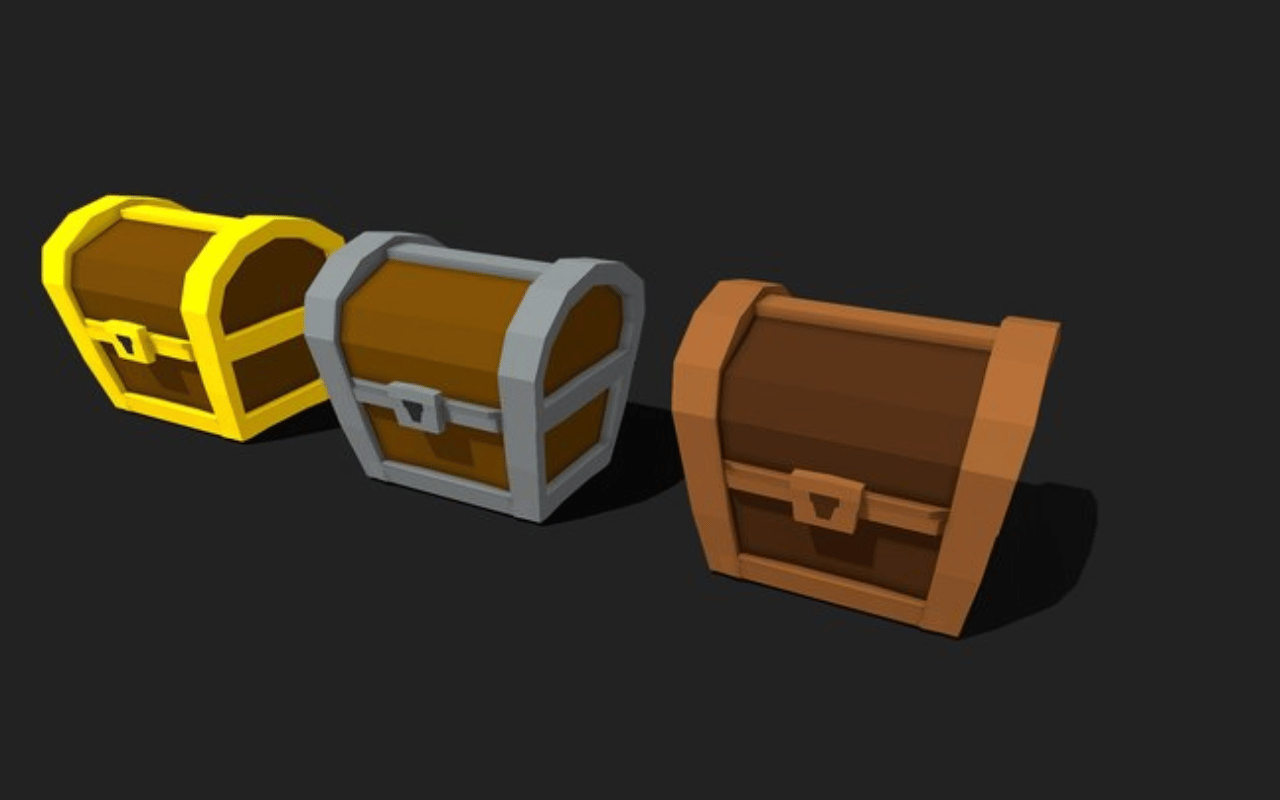
Procedurally Generated Props
Procedural generation is a method of creating models using algorithms run by computers instead of manual creation by an artist. This method accelerates and automates the prop creation process. 3D programs and game engines have various tools for creating this type of prop. Houdini and Unreal Engine are two popular programs that are very active in creating procedural generation tools.
AI-Generated Props
Generative AI has created waves in recent years. Creating art is one area where AI’s impact has been obvious. There are multiple platforms that leverage the power of artificial neural networks to create 3D models. Although these 3D models are usually rough and require some retopology and cleaning to be used in production, with a little bit of work they are suitable to be used in low-budget projects.
Tools and Software for Creating Props
Blender
Blender is free 3D modeling and animation software that has gained popularity in recent years. Blender has all the necessary tools required for a prop creation pipeline. Blender’s keyboard hotkeys make the modeling process faster compared to other 3D programs
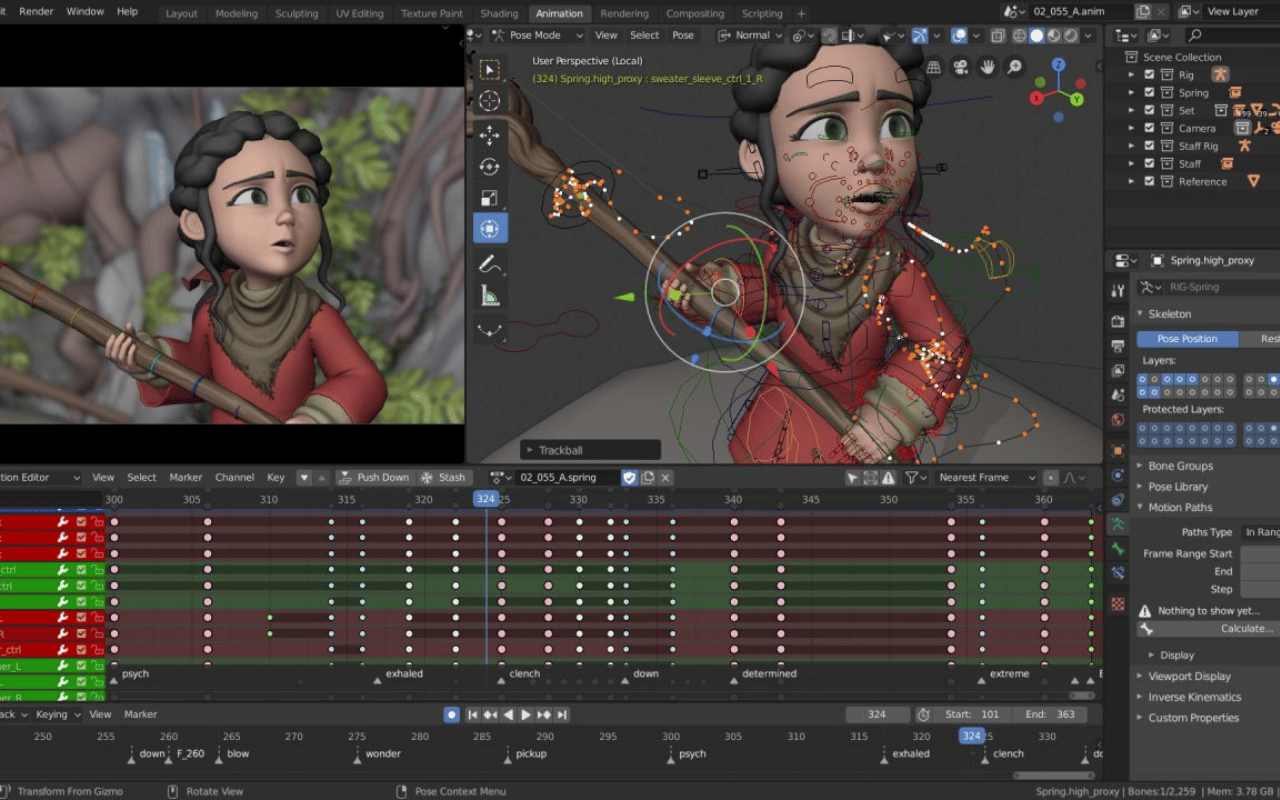
Maya
Maya is a widely popular 3D animation program that has been around for almost three decades. Maya comes with powerful modeling and animation features. Its rigging and animation features are considered superior to other 3D programs.
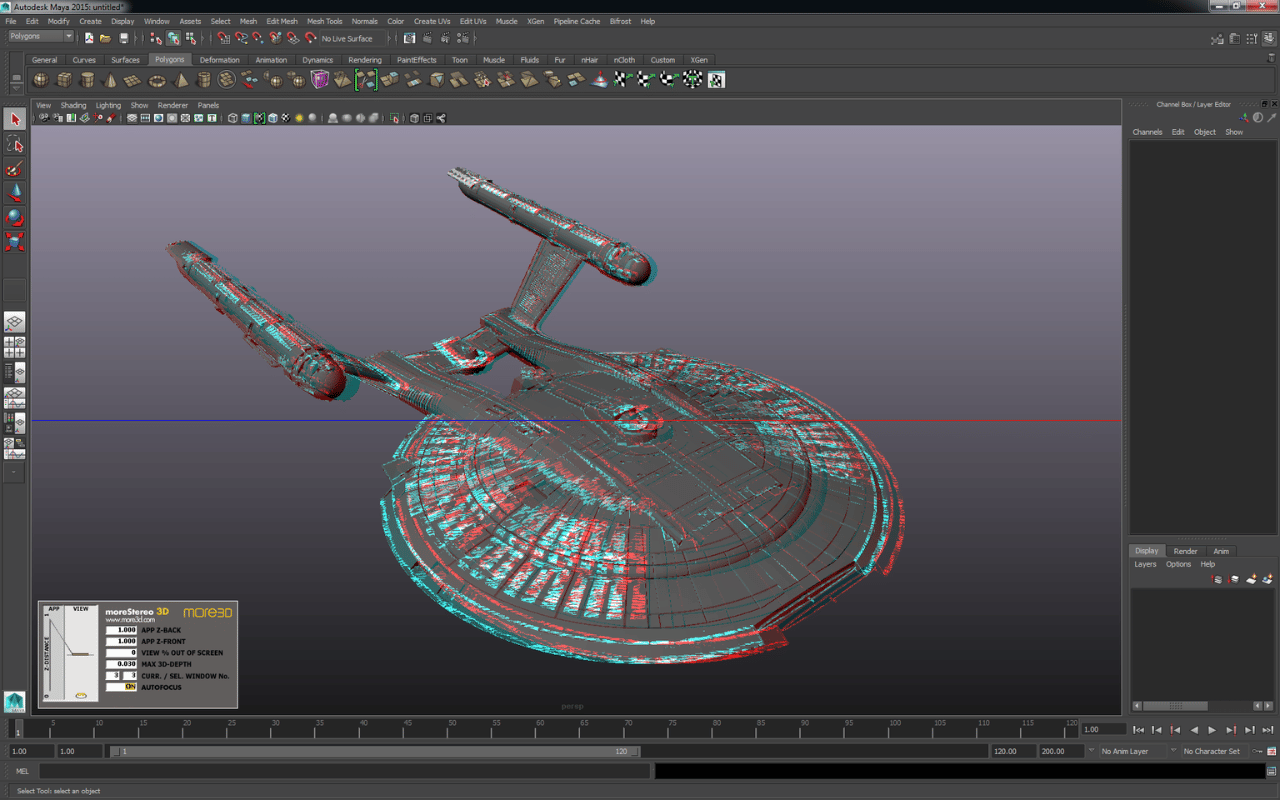
Read More: Blender vs. Maya
Houdini
Houdini is a popular choice among visual effects and game studios that prefer a more automated approach to creating props. Its powerful procedural generation tools are considered a game changer in prop creation.
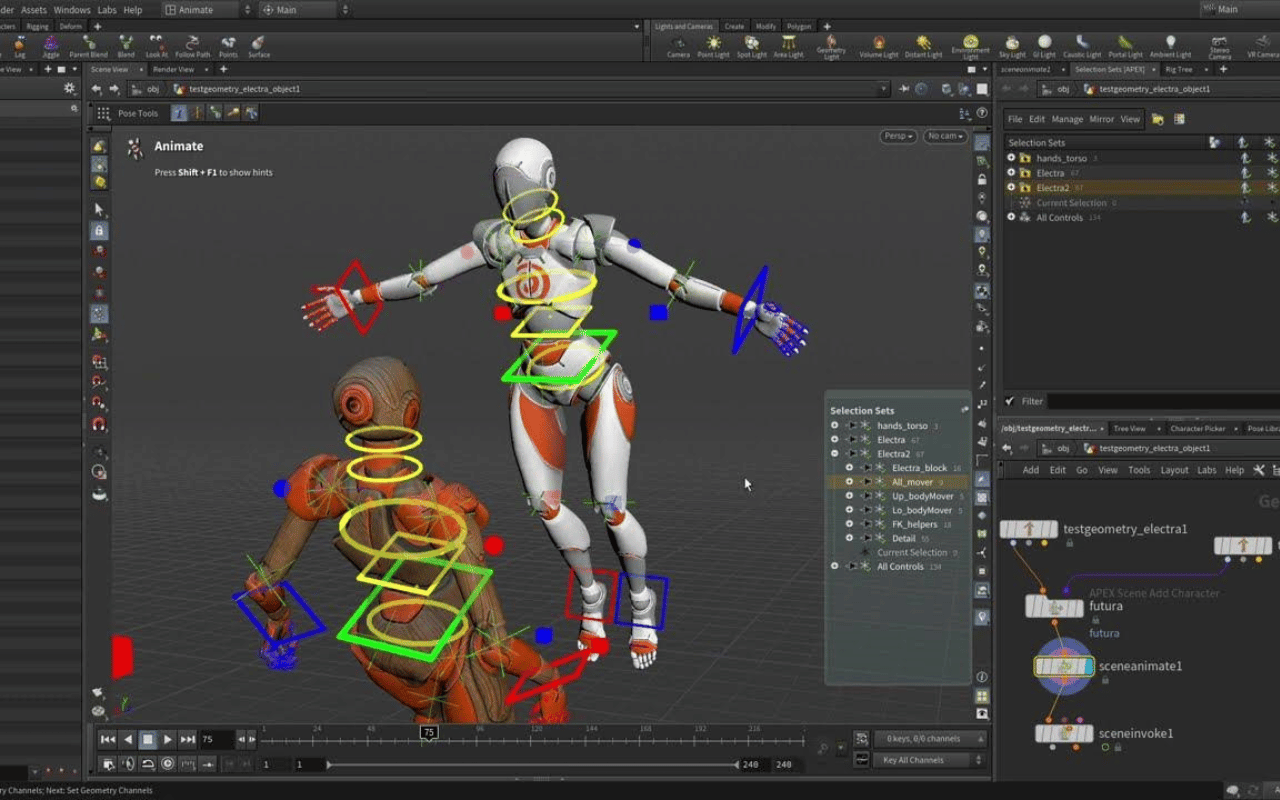
Zbrush
Zbrush is a powerful sculpting program that is used to create organic and high polygon shapes. Sculpting tools are useful for adding intricate details to 3D props that are difficult to implement via hard-surface modeling methods.

Career Path
Junior Prop Artist
A typical prop artist starts their career with a junior 3D modeling role. Since It’s always difficult to get that first technical job in the entertainment industry, having a strong portfolio and working on personal projects is a good start to get into the field.
Senior Prop Artist
As artists gain more experience, they can advance to senior roles. Senior prop artists usually get involved in design decisions as well. They help concept artists and art directors come up with better designs that are feasible to create and match the project’s needs.
Lead Artist, Art Director
Prop artists who are also passionate about concept design can venture into design-oriented positions like lead artist and art director roles. These roles are involved in designing how art looks and managing teams that handle the art creation process.
Technical Artist
Prop artists spend a big chunk of their time making sure props are integrated well in game and animation projects. This makes them familiar with the technical processes and tools. Thus, transitioning into technical artist roles is another option they can consider.
Final Words
Creating props for animations and games is a satisfying job. Tweaking geometry using technology to create art on a daily basis is a dream job for many people. If you consider yourself a creative person who enjoys problem-solving and has artistic taste, this career might fit you. After all, what is cooler than seeing those props you made fill the scenes that are watched by millions of people?
